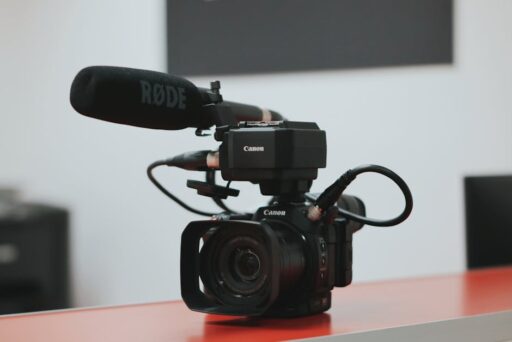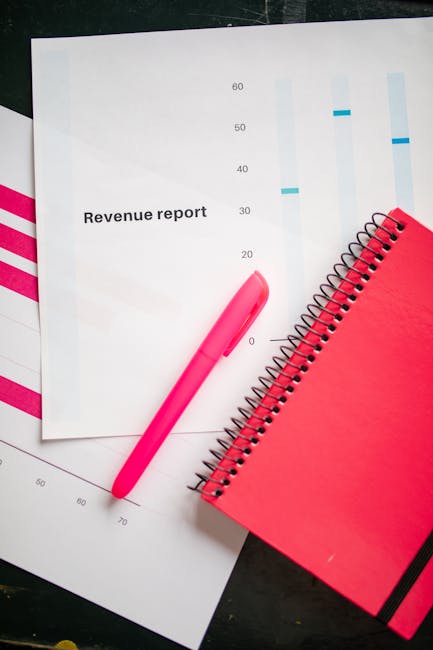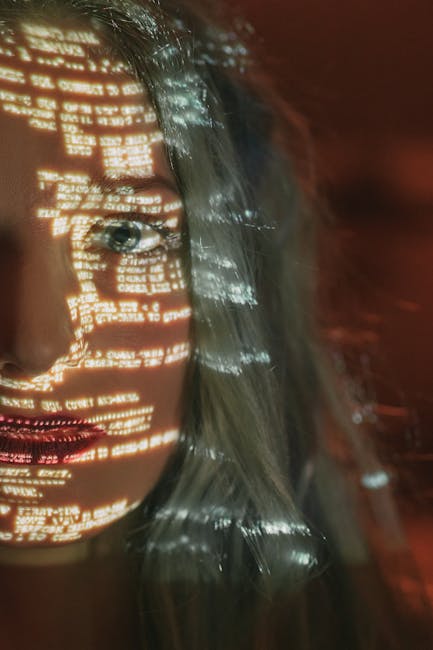Utopai East: The New Infrastructure Powering AI Film Production
AI is no longer an experimental tool in entertainment — it’s becoming an operational backbone. Utopai East, a 50/50 joint venture between investment firm SFR and AI studio Utopai, is building targeted AI film production infrastructure to serve that shift. By combining capital, industry networks, and specialized technology, the venture aims to make AI-driven production practical at scale while protecting creators and intellectual property.
What is Utopai East and why does it matter?
Utopai East is a purpose-built partnership focused on the full stack required for AI-powered movie and TV production: from data management to creative tooling, on-premise and cloud-ready compute, and distribution pipelines. Its value lies not only in producing content but in establishing an infrastructure template others can follow. That infrastructure includes data centers, licensed datasets, creative workflows, and co-production agreements designed to unlock Korean IP for global audiences.
Key components of the JV
- Capital and industry relationships provided by SFR and its founders, enabling strategic investments and production financing.
- Technology, workflow, and model integration from Utopai, tailored for media pipelines and creative collaboration.
- Data center and compute stacks built to handle large-scale model training and inference specific to visual and narrative media.
- Contracts and licensing structures ensuring data and models respect creators’ rights.
Why dedicated infrastructure matters for AI film production
AI-generated or AI-assisted content isn’t simply a matter of pointing models at scripts or footage. High-quality output requires specialized compute and data management that general-purpose clouds or ad-hoc pipelines struggle to deliver efficiently. Utopai East tackles three persistent problems:
- Compute efficiency: Media-focused models need optimized GPU clusters, fast storage, and low-latency networks to render high-resolution visual content and run multimodal models in production.
- Data governance: Licensed datasets, provenance tracking, and contractual clarity are essential to protect creators and avoid legal exposure.
- Creative workflows: Integrating AI into existing creative roles—writers, directors, actors—requires tooling that augments rather than replaces human artistry.
Building this kind of stack is part of a broader industry trend toward vertical AI infrastructure. For context on the wider investment and industry shifts, see our coverage of the race to build AI infrastructure and major investments in the space (The Race to Build AI Infrastructure).
How will Utopai East change production economics?
In practical terms, AI film production infrastructure can reduce cost and time across several stages:
- Pre-production: Automated storyboarding, location scouting simulation, and casting support speed early decisions.
- Production: AI-assisted camera planning, virtual set prototyping, and real-time creative previews reduce shoot days and reshoots.
- Post-production: Faster VFX, automated editing suggestions, and intelligent color grading compress timelines and lower post costs.
Those savings free up budgets for higher-value creative investment and increase the number of viable projects. They may also change how IP scales: rather than incremental one-off titles, infrastructure can enable rapid expansion of franchises and adaptations across formats.
What safeguards are needed to protect creators?
Concerns that AI could displace jobs or erode creative ownership are real, and Utopai East is positioning itself explicitly to address them. The JV emphasizes:
Licensed data and transparent contracts
Every model and dataset used in production must be properly licensed and contractually cleared. This protects original creators and ensures any training sources are traceable and compensated where appropriate.
Augmentation-first workflows
The infrastructure and tools are designed to augment human roles, not automate them away. Writers still write, directors still lead, and actors still perform. AI is positioned as a creative assistant that expands what’s possible, such as generating iterations for a scene or visualizing multiple treatments quickly.
Ethical and legal oversight
Robust review processes and compliance checks are needed at every stage—from model training to final distribution—to reduce risks around likeness, copyright, and deepfake misuse. Building those safeguards into the infrastructure is as important as the compute and software layers.
Which markets and IP will Utopai East target first?
The JV will begin with Korean content, tapping into a fast-growing global appetite for Korean media. The plan includes co-producing films and TV shows while adapting local IP for international markets. After establishing a base, the venture intends to expand across other Asian markets where demand and IP depth support localized and co-produced content—markets like Japan, China, and Thailand were identified as natural next steps.
South Korea’s strategic role in AI hardware and content ecosystems also aligns with other regional partnerships and GPU supply developments. For background on how hardware partnerships influence local AI capacity, see our analysis of recent GPU and infrastructure moves in Korea (Nvidia South Korea AI Partnership Spurs GPU Surge) and related infrastructure deals (Lambda Microsoft AI infrastructure deal sparks GPU surge).
What are the technical building blocks?
Delivering AI film production at scale requires a mix of hardware, software, and data services:
- High-density GPU clusters purpose-tuned for generative models and real-time inference.
- Fast object storage and content delivery networks for large media assets.
- Model management platforms that handle versioning, auditing, and licensed dataset mapping.
- Creative interfaces and plugins that integrate with industry-standard editing and VFX tools.
- On-premise and hybrid-cloud options to meet latency, cost, and regulatory needs.
Together, these components create a production loop where models are trained on licensed material, tested in controlled workflows, and deployed to assist human creators across the content lifecycle.
What challenges could slow adoption?
Even with dedicated infrastructure, several factors could limit how quickly studios embrace AI-first pipelines:
- Trust and acceptance: Creators must feel AI tools enhance rather than threaten their craft.
- Regulatory and IP complexity: Licensing across global markets can be slow and legally fraught.
- Cost and capital intensity: Building and maintaining specialized data centers is expensive, demanding long-term investment and partnerships.
- Quality and nuance: AI still struggles to consistently produce emotional depth and cultural nuance without heavy human curation.
Those hurdles make the JV’s approach—pairing capital with studio-grade tooling and explicit licensing—particularly important. The project is also part of a larger movement toward verticalizing AI infrastructure for specific industries; when infrastructure matches the use case, efficiency improves and adoption accelerates.
How will creators benefit in practical terms?
For filmmakers, writers, and production teams, the most immediate advantages include:
- Faster iteration cycles: Rapid prototyping of scenes, visuals, and scripts.
- Lower overhead: Shorter shoots and quicker post-production reduce budget pressure.
- Expanded experimentation: Smaller teams can explore more creative variants affordably.
Over time, creators may find new storytelling formats and distribution models enabled by AI — serialized interactive narratives, localized variations at scale, or hybrid live-action/virtual productions that previously required prohibitive budgets.
What should industry stakeholders watch next?
Key signals to monitor as Utopai East and similar initiatives progress:
- Announcements of data center builds and regional partnerships that increase local compute capacity.
- First-wave productions that publicly disclose AI’s role—how tools were used, what was automated, and what remained human-driven.
- Licensing frameworks and industry standards emerging to govern model training and content provenance.
- Market responses from talent organizations, rights holders, and regulators shaping contract norms.
Infrastructure investments often presage shifts in creative and distribution models. As we’ve covered in earlier pieces on AI infrastructure investments and industry shifts, when compute, data, and policy align, entire production ecosystems can change rapidly (The Race to Build AI Infrastructure).
Conclusion: Augmentation, not replacement
Utopai East presents a pragmatic model: invest in infrastructure that removes technical friction, enforce clear licensing and ethical guardrails, and design workflows that keep creators at the center. The ultimate measure of success will not be how much AI can replace human roles, but how effectively it expands creative possibility while preserving the craft, rights, and livelihoods of storytellers.
Ready to learn more and stay current?
If you follow AI’s influence on media, now is the time to track how infrastructure investments convert into creative outcomes. Subscribe to Artificial Intel News for weekly analysis, case studies, and deep dives on AI infrastructure and entertainment production. For a deeper look at how hardware and regional partnerships influence AI capacity, see our reporting on recent GPU trends and Korea’s AI partnerships (Nvidia South Korea AI Partnership Spurs GPU Surge).
Call to action: Subscribe to Artificial Intel News to get expert coverage of AI infrastructure, production tech, and industry case studies — and join the conversation about how technology can amplify creative storytelling.






